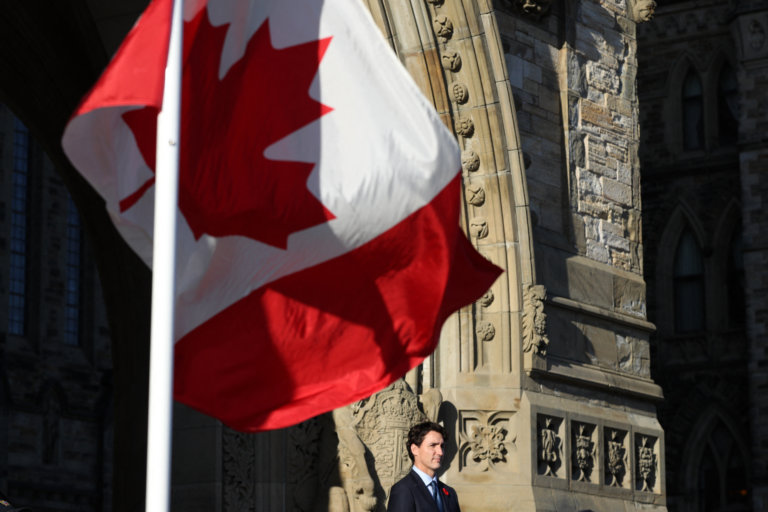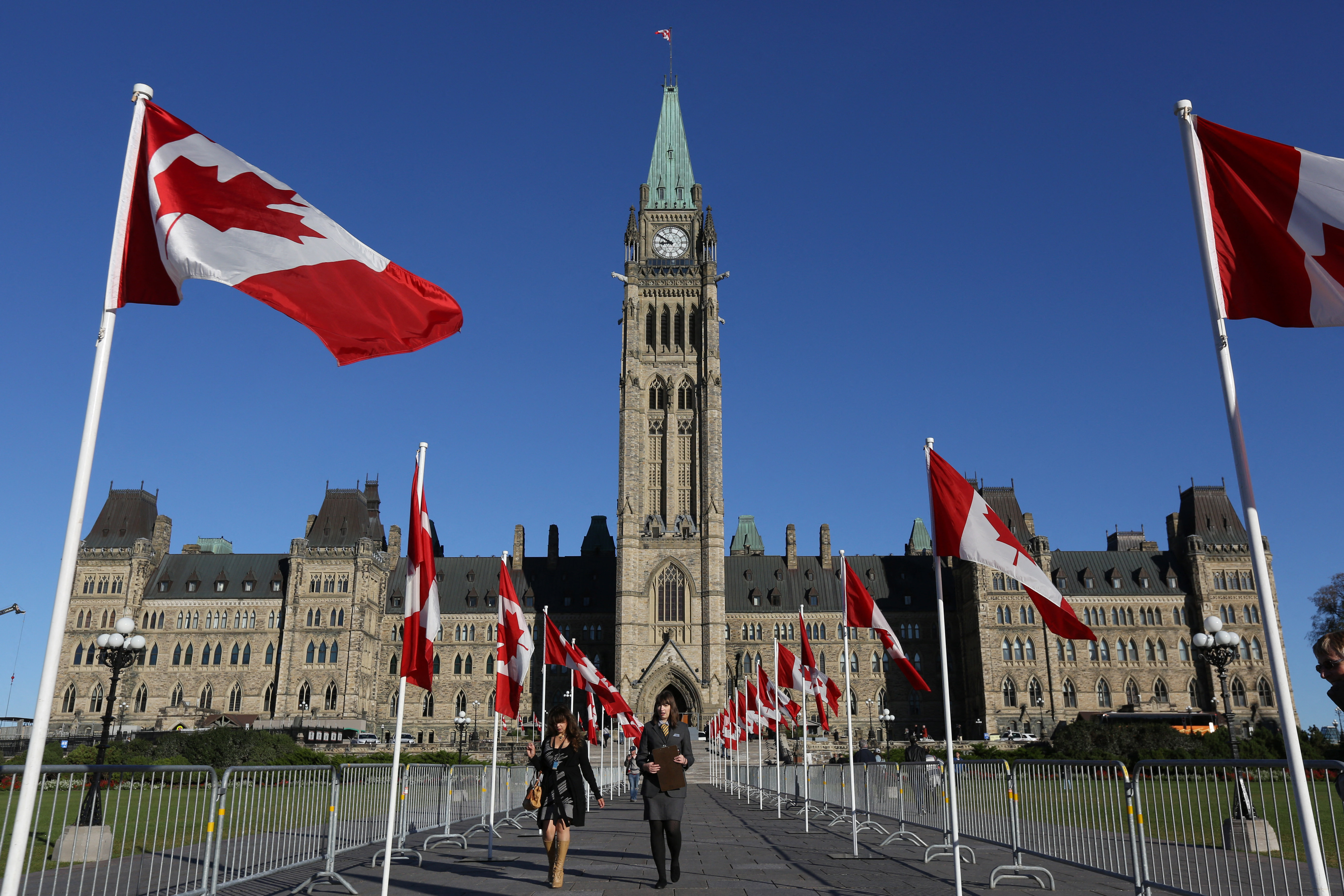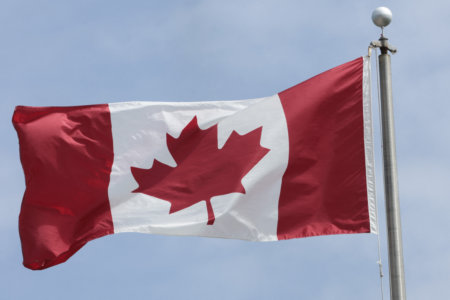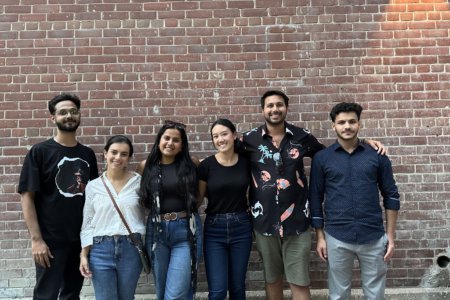
Is there an easier path to permanent residency in Canada as an international student? The post-graduation work permit (PGWP) might be the most well-known route to work and immigrate after finishing your studies, but did you know that PhD graduates in Ontario can bypass the employment experience required to apply for a PR?
Enter the Ontario Immigrant Nominee Program (OINP), a scheme allowing international PhD holders from selected Ontario universities to work and settle permanently in the province. The difference between this stream and the PGWP is that you do not need to have a job offer to apply for a PR.
The application is made through OINP’s Expression of Interest (EOI) system, where you must first register and receive your invitation to apply (ITA) before you can proceed to be nominated as a PR candidate by the Ontario government.
You can only proceed with your PR bid following a successful nomination from the provincial government. Afterwards, you’ll need to apply to Immigration, Refugees and Citizenship Canada (IRCC), who will decide whether you can settle as a newcomer.

International PhD graduates from selected universities in Ontario can apply for the Ontario Immigrant Nominee Programme (OINP), where their scores and rankings in the system will determine their invitation for a permanent residency application. Source: Bertrand Guay/AFP
Getting a permanent residency in Canada: What is the EOI?
The EOI registration is not the same as an OINP or a PR application. In simple terms, EOI is an online system managing immigration applications through several streams, and is the first step you take before continuing with a nomination through the OINP.
The three-stream categories for international students under the EOI are:
- Employer Job Offer – International Student Stream: For graduates with a full-time offer for an occupation under the “skilled” category.
- Masters Graduate stream: For graduates with a master’s degree from an eligible Ontario university.
- PhD Graduate stream: For doctorate degree holders from an eligible Ontario university.
There are no fees charged for the EOI application, but you must fulfil all criteria listed for each category. You can check the complete eligibility requirements at the EOI website.
How do I register for the EOI?
To register for the EOI, click here to fill in your application. It’s important to prepare all the necessary documents and scan them before you begin the process, as you will need to upload them to the portal.
Getting your EOI right is crucial to your PR bid, as any inaccuracies or missing information can result in a dismissal, penalties, or prosecution.
Some important information to remember at this stage include:
- Your EOI registration is valid for 12 months until you either receive an ITA, or until you withdraw your application.
- All information must be correct at the time of your application, and must be constantly updated if there are any changes to your details.
- A registration does not automatically guarantee you for an ITA to proceed with the OINP.
- An ITA will not automatically qualify you for a certificate of nomination.

For applicants, it’s crucial to know the difference between each step throughout the entire process before they can proceed with a PR application through the IRCC. Source: Lars Hagberg/AFP
What’s next after the EOI?
Your next step toward a permanent residency in Canada after getting an invitation is applying for the PhD Graduate Stream. This is where the Ontario government will decide your nomination for a PR. Here’s a summary of the eligibility requirements for the scheme:
- Have obtained a PhD from an eligible Ontario university with at least two years completed while legally studying and living in the province
- Submit your application within two years after receiving your PhD
- Must have legally resided in Ontario for at least two years before applying
- Have proof of funds that you have sufficient money to support yourself and your dependent family members if you settle in Canada
- Have an intention to live and work in Ontario if your PR is granted. Your ties to Ontario will be determined by factors such as work and study experience, having professional or personal networks, or property leasing and ownership.
- Possess legal status in Canada during the application period, if you’re submitting it from within the country. This can either be a study permit, a temporary work permit, or a visitor’s visa. You can also apply if you have “maintained status” at the time of submission.
Want to earn more when you immigrate to Canada? 🇨🇦Getting a Canadian education helps, according to a recent report. Read more: #StudyinCanada#CanadianImmigration @iStudentCanada @oye_student https://t.co/71kyfK8GTJ
— Study International (@Study_INTNL) February 28, 2022
How much time do I have to apply after getting my invitation?
You must submit your PhD Graduate Stream application within 14 calendar days from the date you receive the invitation. The time window is quite short, so make sure that you’re regularly checking your EOI application status.
Those with the highest rankings are invited to apply first based on the scores, but labour market demands could shift preferences for certain candidates.
Is there an application fee?
Yes. The three streams available for international students cost 1,500 Canadian dollars per application. You can pay by Visa, Visa Debit, Mastercard, and Mastercard Debit.
Do I get a refund if it’s unsuccessful?
No, you will not get refunds if you don’t succeed in getting nominated. It will only be given if your application is incomplete, or if you withdraw it before it is processed in the system.
If I get nominated, what do I do next?
A nomination from the province means you’re one step closer to your PR dream. Next, you will need to apply for it through the IRCC within six months of nomination.
You may request an extension for your nomination certificate if your PR application details are incomplete after sending them to IRCC, or if there’s a delay in compiling supporting documents.
Some of these Canadian provinces don't require you to have a job offer to settle there permanently. No, we're not kidding. #internationalstudentscanada #workinCanada #PNPhttps://t.co/fC3pBpm4HQ
— Study International (@Study_INTNL) February 14, 2022
What if I don’t get invited or nominated for a PR?
If you don’t get an invitation at the EOI application stage, you can always register again and try your luck, or apply under a different stream.
If you’ve not been nominated at the OINP stage, you can request an internal review through an email within 30 calendar days after receiving your notice of refusal.
Alternatively, you can always consider other pathways to get permanent residency in Canada if you’re eligible for them. The key to getting a PR is a lot of preparation and strategy, taking into account your temporary resident status and the long processing times required for each application stage.
To get the latest updates on applying for the OINP, click here.










